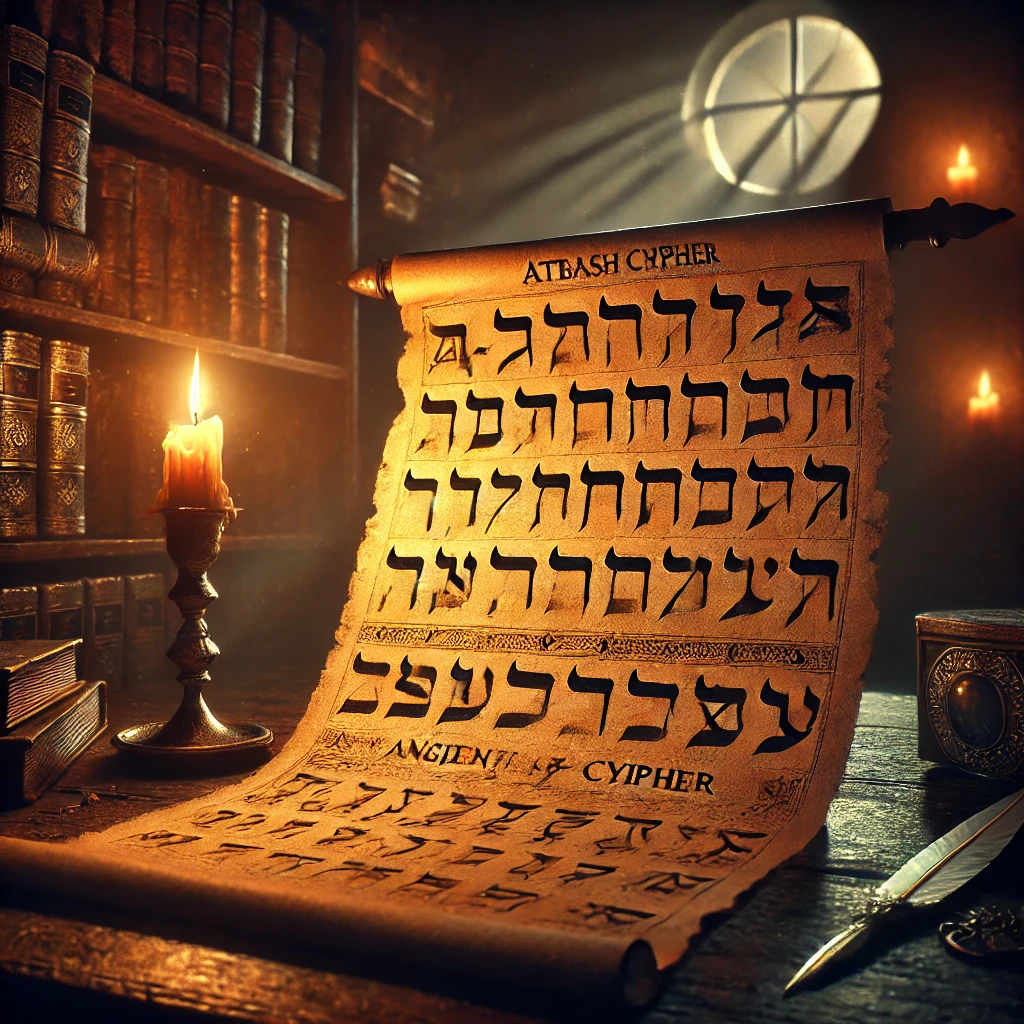
The Atbash Cipher: A Mirror of Ancient Cryptography
Throughout history, cryptography has played a vital role in the exchange of secret messages. Among the oldest and simplest ciphers, the Atbash Cipher stands out for its elegance and ingenuity. Used in ancient Hebrew scripts, Atbash substitutes letters in a way that mirrors the alphabet—a fascinating and poetic method for encoding secrets.
The Origin of Atbash
The Atbash Cipher originates from biblical times and is linked to Hebrew scholars who used it to encrypt sacred texts and conceal hidden meanings. The term "Atbash" itself is derived from the Hebrew alphabet: the first letter (Aleph) is swapped with the last (Tav), the second letter (Bet) with the second-to-last (Shin), and so on. This reversal creates a symmetric encryption method that is both simple to use and surprisingly effective for its era.
How Does Atbash Work?
The Atbash Cipher is a substitution cipher. In the Roman alphabet, it works as follows:
A ↔ Z
B ↔ Y
C ↔ X
And so on, reversing the entire alphabet. This creates a cipher text that can be easily decoded by reversing the process.
Example:
Let’s encode the word PLAGUE using the Atbash Cipher.
Write out the plain text: P L A G U E
Substitute each letter using the mirrored alphabet:
P → K
L → O
A → Z
G → T
U → F
E → V
The encrypted text becomes: KOZTFV
To decrypt the message, simply reverse the substitution.
Why Atbash Matters
While Atbash may seem primitive by today’s standards, it is a reminder of humanity’s early ingenuity in concealing information. The cipher reflects a time when secrecy and subtlety were prized, not just in warfare, but in literature, religion, and governance.
Try It Yourself!
Here’s a challenge for you: encrypt your name or a favorite word using Atbash. You might just uncover how simple, yet clever, this ancient cipher truly is. And who knows—perhaps it will reveal the next step in The Empiric’s Riddle!
